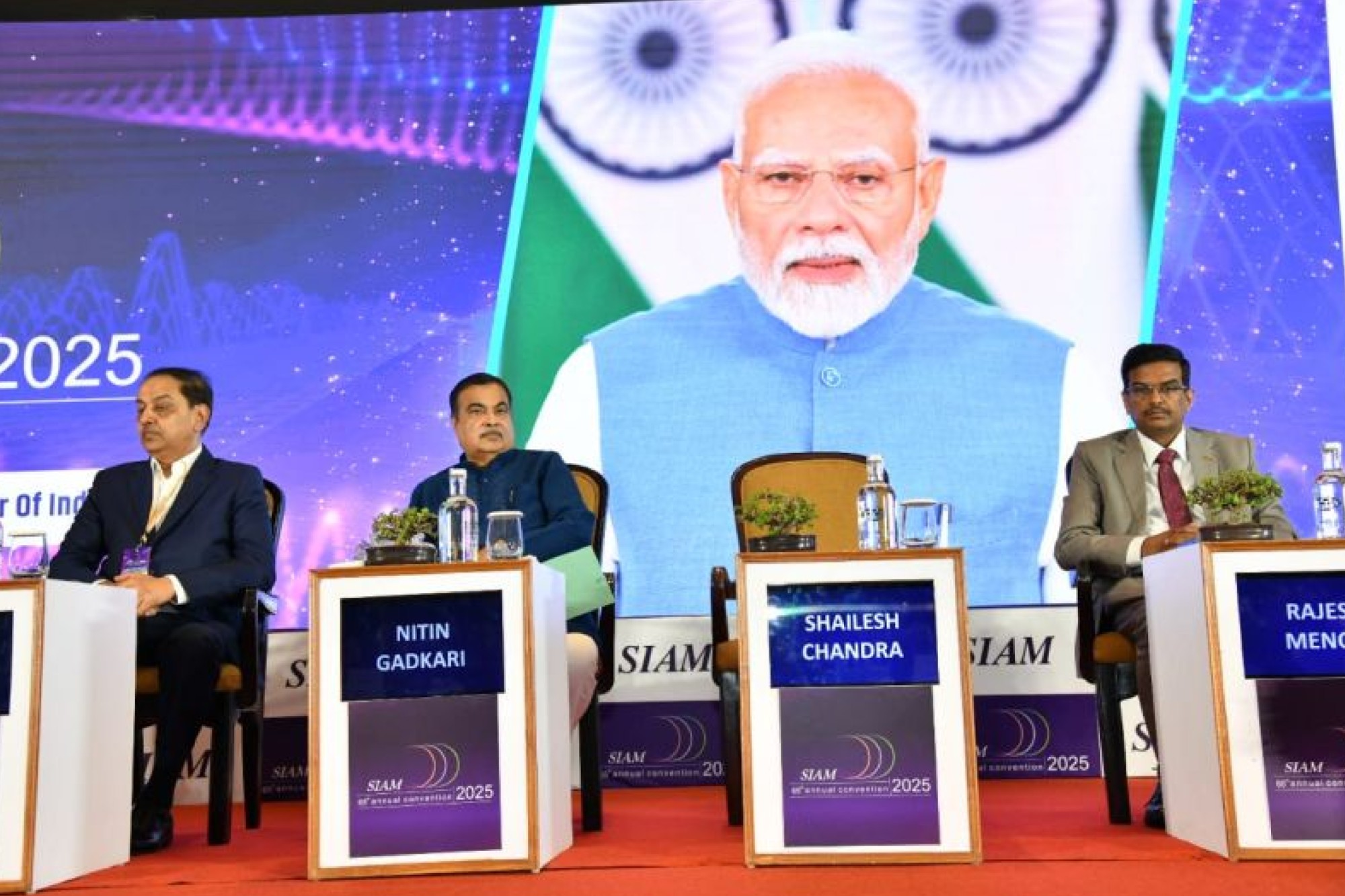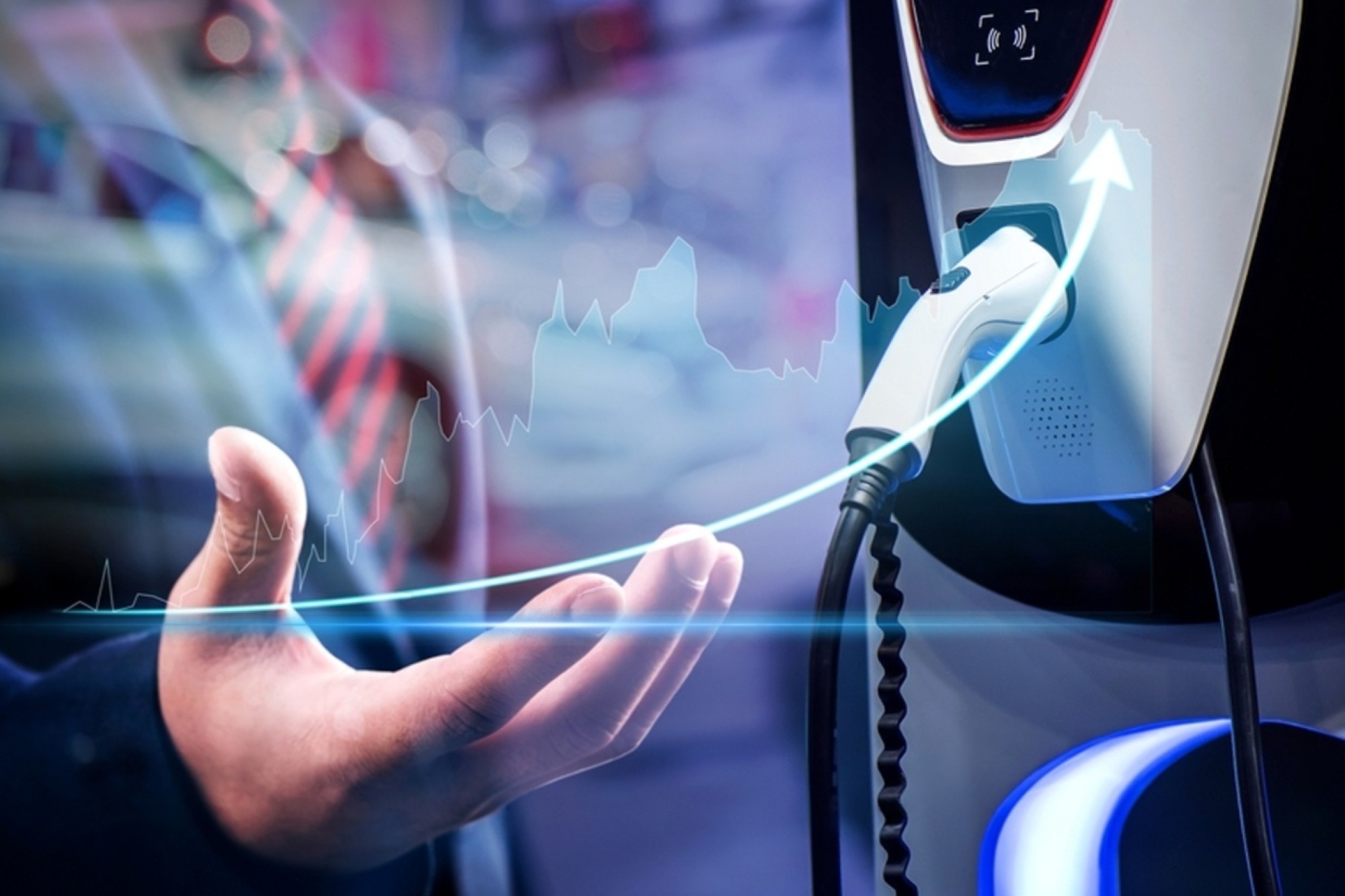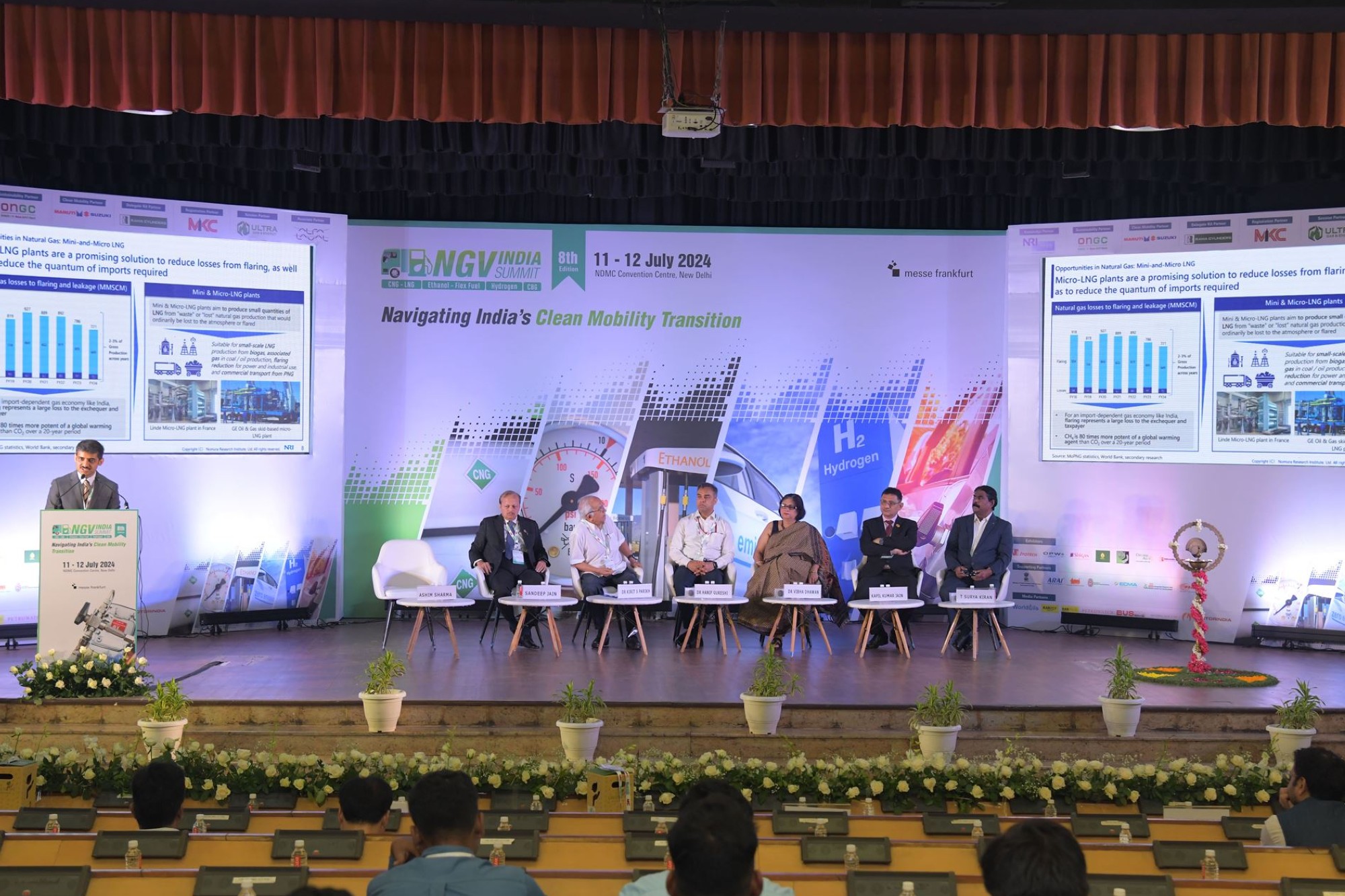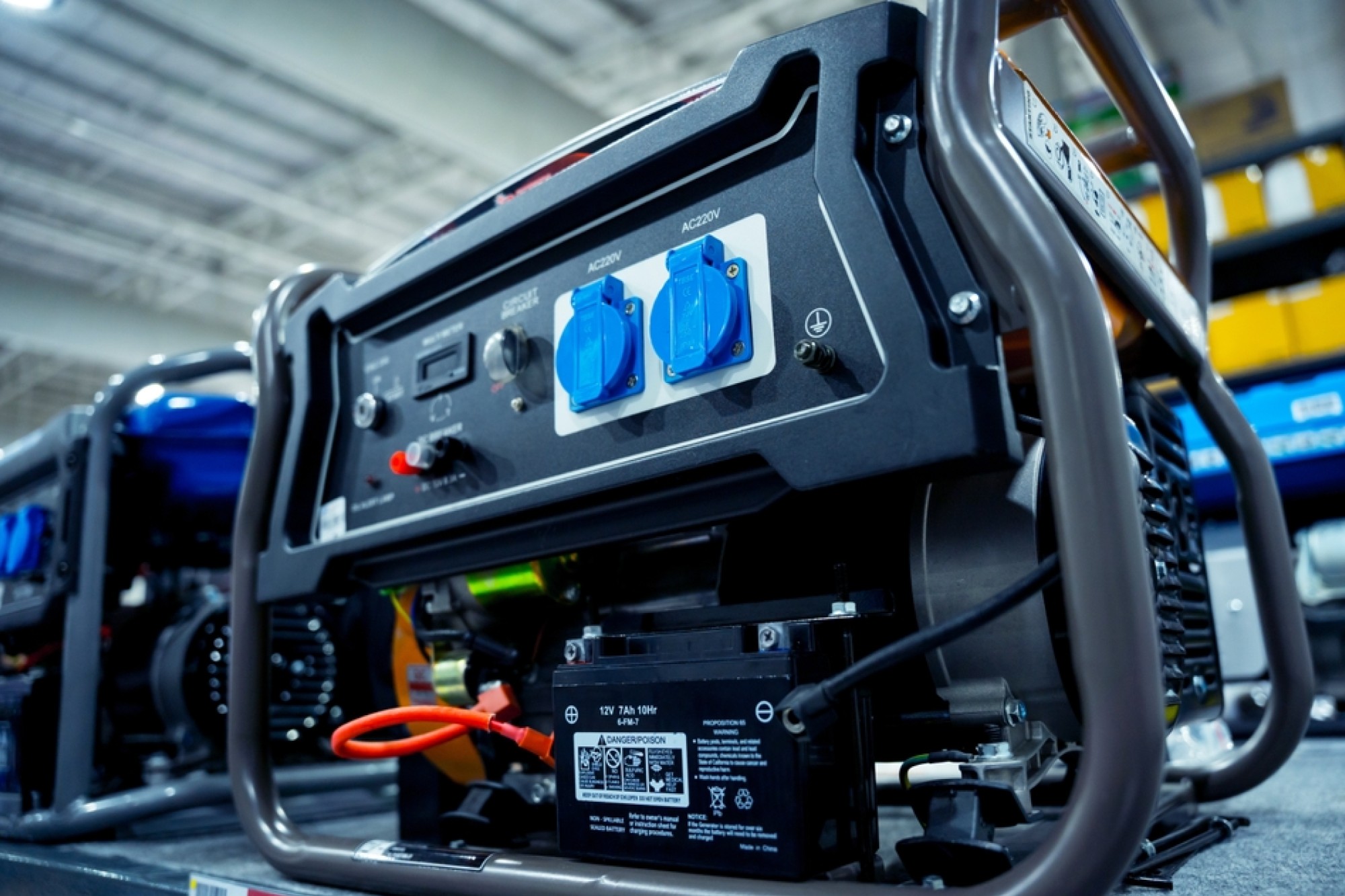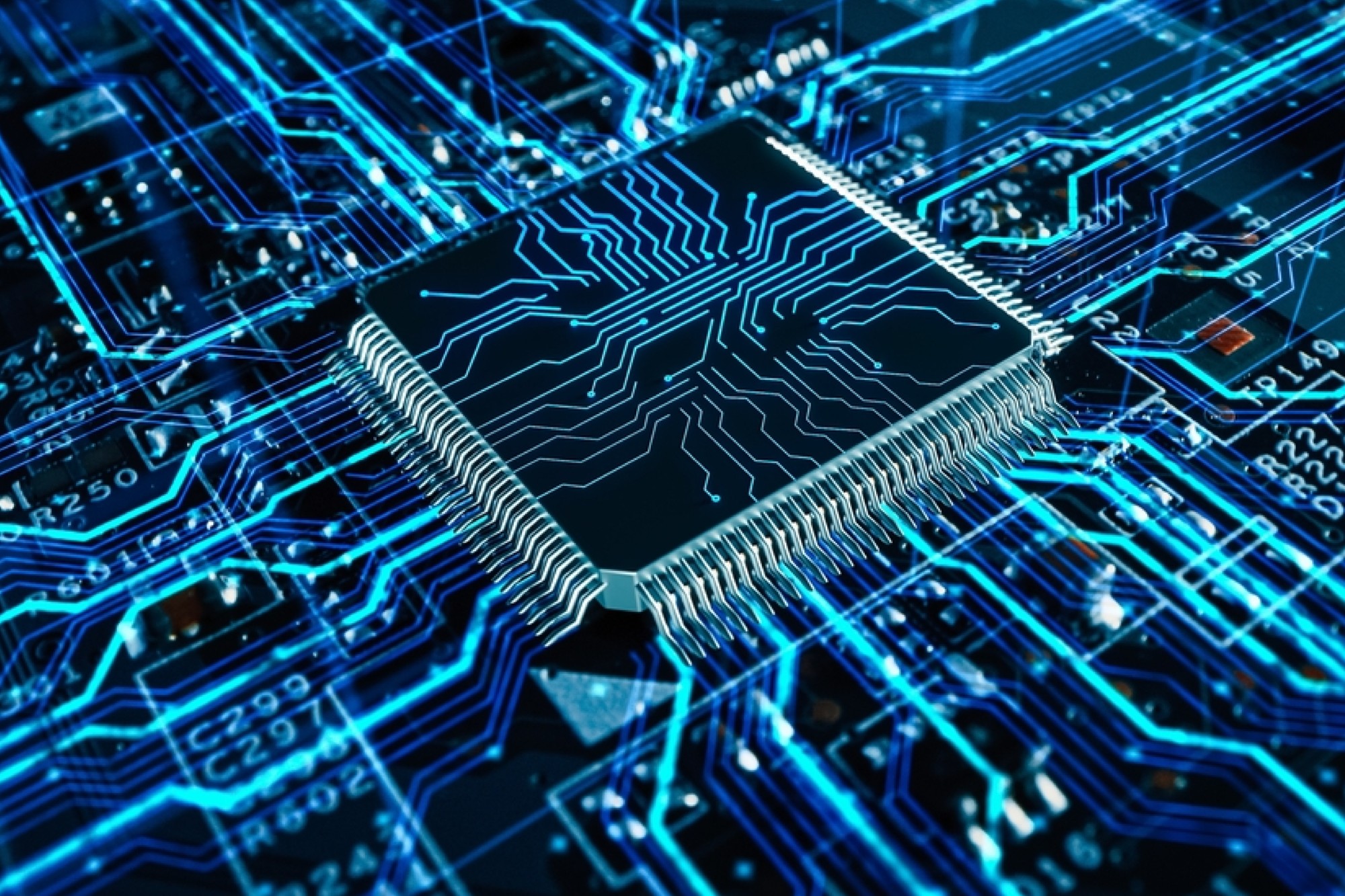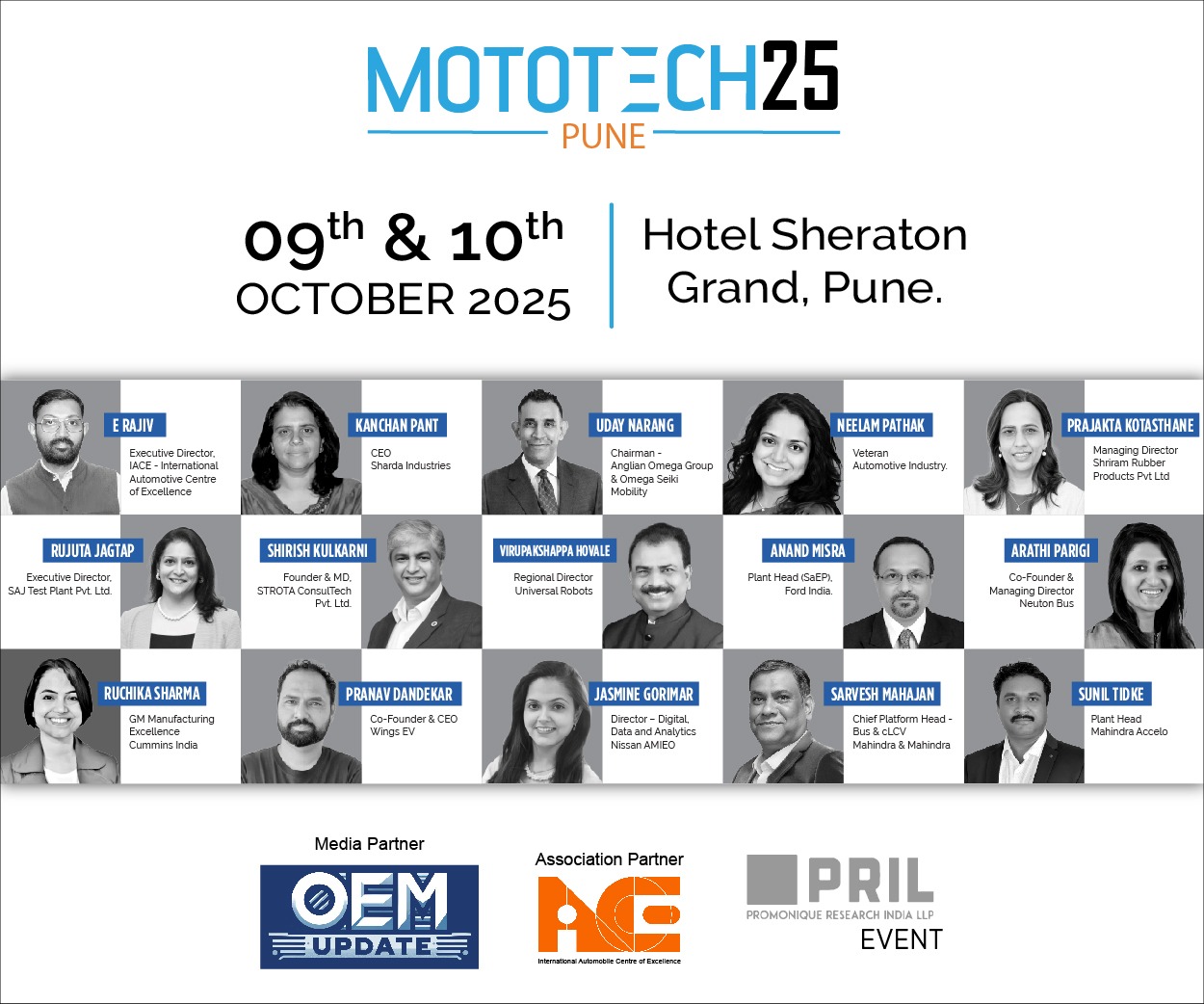Total Transparency [Apr 2012]
By admin April 10, 2012 7:27 am IST
How the automotive industry benefits from the use of RFID technology – from the supplier to the delivery
For more than two decades, the automotive industry has used RFID solutions, mainly for the identification of their vehicle body transport systems. Thanks to improved technology, the automotive industry today considers equipping every single vehicle body and component with data carriers, to benefit from a continuous identification and quality control through the whole production process.
Auto-ID procedures for the automatic identification of components, workpiece carriers or tools have been used in manufacturing for a long time. For decades, manufacturers have used optical procedures, like barcodes or data-matrix-codes for contactless identification, but the focus now lies on wireless identification technology RFID (radio frequency identification).
Benifits in AbundanceOne of the main advantages of RFID is as opposed to the optical Auto-ID procedures; the user can read the authenticity features and also rewrite them to a data carrier. Data carriers (also known as tags) accompany the part through the whole production cycle or quality test; relevant data is written automatically onto the tag and read at the end of the production cycle. Together, with the finished product, there is also a quality management protocol available that shows all production steps of the product, as well as the quality test.
Another benefit of RFID technology is that the information transfer by electromagnetically radio waves is less susceptible to environmental influences. While the externally applied, printed bar codes become unusable through high temperatures, dirt or moisture; the special RFID data carriers and robust scanners allow the use of RFID systems under very rough conditions or through nontransparent media, for example in painting plants or kilns.Rethinking in the automotive industryThe triumphal procession of RFID for the automobile production started about 20 years ago. For more than 5 years, Turck has been part of it with its modular RFID system, BL ident, which was developed in close cooperation with automobile manufacturers at that time. One of the first BL-ident data carriers was a high temperature tag and could resist 210°C without problems. This tag is attachable to a carriage (so called skid) that transports a vehicle body through production. That is how the path of the vehicle can be tracked from shelling to the final assembly, as long as the transport system stays the same.
Vehicle body identification demands UHF systemWhen transport systems are equipped with tags, there are always defined, relatively small distances between the data carriers and the combined read/write heads, so that it is guaranteed that the maximum transmission range is kept. If the tag is attached to the vehicle body directly, the range is inevitably larger – it mostly varies between 30 and 100 cm. For this reason, HF-systems, which are working within the frequency range of 13.56 MHz, can’t be used any longer. This frequency range is very popular because it guarantees failure free radio communication and a high read-write speed, so that the tags can be read very quickly while driving by. Since the transmission range is limited to 20 cm, another solution is needed for the vehicle body identification.
The solution is to find within the UHF-range of 865-868 MHz, that allows ranges up to three meters. Unfortunately, there is also the disadvantage that the installation is a lot more complex because of the high range. Through reflections, it can overreach the signals, so that the combined read/write heads read more than they should. Furthermore, there are often problems when an UHF-tag has to be read while standing upright, because interferences can lead to zero points in the transmission field. This is a challenge, because in the processes where the previously used barcodes are replaced by RFID, there is a process-related stop at the reading station because the barcodes can’t be read while driving by. To be able to read UHF-systems while standing upright, Turck developed combined read/write heads with two antennas that change their polarisation direction and simulate a moving field. The staff of Volvo in Gent works with this UHF-technology without any problems.
From supplier to final assemblyThe fact that UHF challenges can be mastered and carry considerably lower data carrier prices – a temperature resistant design costs about ` 30 today – convinced many automobile manufacturers to equip the coming model ranges with data carriers on the vehicle bodies, which means that they can be identified throughout the whole process, from shelling to painting. But this is not all – in further projects where Turck is involved, the possibilities are tested to also optimise the delivered parts of the suppliers with RFID and thereby optimise the whole production process up to the final assembly with the wireless identification.
At the moment, the delivered single components are still identified with barcodes, but they shall be equipped increasingly with data carriers in the future. With RFID, these components can be identified without problems. Furthermore, RFID lessens the risk that wrong components are installed. An example: The barcode of an airbag is read before the installation. Afterwards it can’t be read any longer because it is either covered by the vehicle body or was removed from the component. Based on the bill of materials it becomes apparent during the final inspection, that the wrong airbag was installed. Now an expensive rework is necessary. With RFID it would be possible to install a scanning station directly after the attachment mounting station. This scanning station reads the ID of the airbag and alarms the staff if something is wrong.
ConclusionTurck has shown in numerous tests with suppliers and manufacturers that it makes sense to also equip the supplier components, like airbags, interior trim, seats or engines, with the powerful RFID technology to make them an efficient part of the production process. Most recently, Turck introduced its concept at the AutoID/RFID Solutions Park at the CeBIT and at the 22. Automobile Forum in Stuttgart.
Cookie Consent
We use cookies to personalize your experience. By continuing to visit this website you agree to our Terms & Conditions, Privacy Policy and Cookie Policy.




